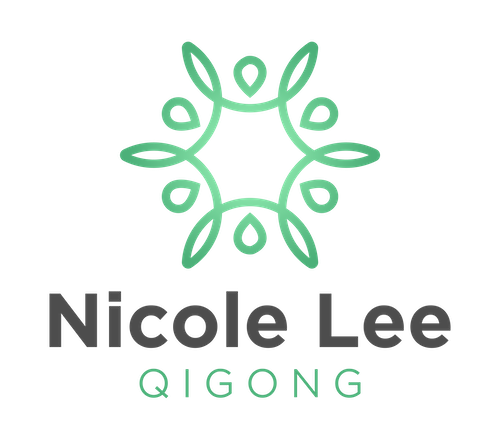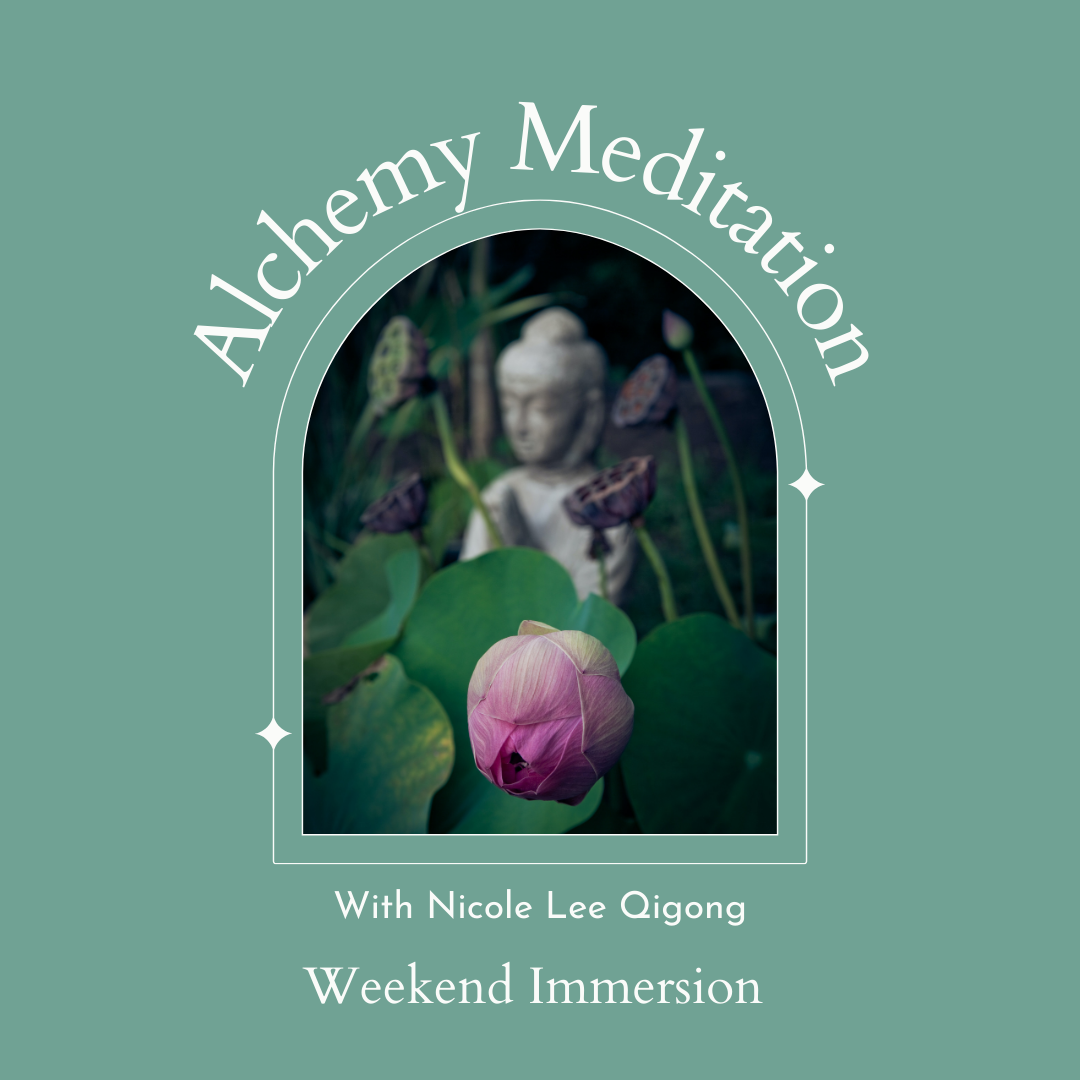Qigong Reimagined: Bridging Tradition with Modernity
Recently, I experienced a powerful reminder of the need for a modern approach to practicing Qigong. It was during a live online program offering my students a revitalizing 30-minute Qigong practice to kickstart their day. What happened next wasn’t part of my plan!
On the first morning, I woke up with a slight tingling sensation in my sinuses, initially thinking it was the onset of a cold. To my dismay, the situation took a turn for the worse. By the second morning of our program, I was forced to cancel the live session due to illness. I was too unwell to even get out of bed, let alone guide my students through Qigong practice.
The essence of Classical practice
There are literally thousands of different forms of Classical / Traditional Qigong, each one offering various benefits for the mind, body, and spirit. These ancient practices have been refined and passed down through generations, often verbally and in-person ensuring that the wisdom and essence of the practices are preserved.
Classical forms of Qigong are known for their intricacies, precision and attention to detail. Each movement is performed with utmost care and intention. The slow and methodical nature of these forms allows practitioners to cultivate a deep sense of presence and awareness in their practice. Classical Qigong involves precise movements and also includes stretching, balance, strength and weight-bearing exercises, which can sometimes be physically challenging.
Often the practice of Classical/Traditional Qigong is lengthy. To complete a set of movements, it can take up to an hour, or longer. Centuries ago, life was much simpler. We didn't have as many things to do or worry about like we do now. Have you ever thought about why our ancestors had more free time? They didn't have the technology or comforts we have today. Their focus was on basic needs like finding food, shelter, and taking care of themselves. It was probably pretty easy to find an hour or two to practice movement, breath-work and being-ness as the sun came up, or under the shade of a tree in the afternoon.
Contemporary Qigong for modern life
By the third session of the "Ignite Your Vitality" online series, I was back teaching Qigong to the group (a little ambitious on my part). I had to shift my focus though, there’s no way that I was able to practice the methods of igniting vitality… personally I needed to ignite healing so I could fully recover from being unwell.
This is just one example as to when a contemporary approach to practice is needed. In our modern lifestyles, we often face challenges like recovering from illness, dealing with fatigue or time constraints. Depending on this situation it might be important to adopt a more gentle and less stimulating approach to practice. Rather than sticking strictly to the classics, which may require practicing for an hour or more, or be quite strenuous, a shorter duration such as 30 minutes can be more suitable. In fact, during these times, our physical bodies may benefit even more from a gentle practice lasting only 15 to 20 minutes. By adjusting our approach to meet our current needs, we can tap into the healing power of qigong while respecting our limitations.
The other aspect that is pivotal here is the type of Qigong. It's important to note that not all Qigong is the same. Some forms are soft, rhythmic, and gentle, like Shibashi or Nurturing Longevity Qigong. These practices focus on cultivating grace and fluidity in movement, promoting a sense of tranquility and balance within the body. On the other hand, there are more physically challenging forms, such as Five Animal Frolics or certain expressions of Ba Duan Jin. Engaging in these practices requires more physical exertion and energy.
Now, imagine if you're feeling lethargic and full of mucus. In such a state, participating in a physically demanding Qigong practice is likely not be enjoyable or beneficial for your well-being. In fact it could disperse your Qi, leading to further exhaustion and depletion. It's essential to engage in a practice of Qigong that aligns with your current energy levels and overall state of health. By selecting an appropriate practice you can support your body's natural healing processes and promote a harmonious flow of Qi throughout your being.
Using a practice framework
In essence, modern Qigong blends old and new methods. We adopt an approach that combines traditional movements into a simpler style that suits our modern lives. With this approach anyone can enjoy the benefits of qigong without having to spend hundreds of hours learning and subsequently mastering a classical form.
The essence of the practice remains unchanged, we still express precise and distinct movements and postures. One main difference is that the contemporary style of practice is often expressed at a slightly faster pace and some of the movements are less intricate and complex. Using a framework to approach practice allows us to easily engage in a fulfilling 15-minute self-practice in the morning, or carve out 30 minutes or more during a more spacious portion of the day.
The modern approach to Qigong draws upon the rich traditions of countless styles of Classical / Traditional practice, including Tai Chi and Dao Yin. By embracing this amalgamation of practices, we are able to enjoy and experience the benefits of Qigong while living in and meeting the demands of the modern world.
Experience Qigong and feel better
People often turn to Qigong because they want to improve their well-being. Whether they're recovering from an illness or dealing with stress and other life challenges, they simply want to feel better.
Using a system to learn and teach Qigong helps people experience and enjoy the practice from Day 1. It's difficult to visit a Classical/Traditional Qigong school and effortlessly engage and enjoy Qigong. It's not impossible, but often those who drop into such class environments find themselves grappling with the task of deciphering the intricate nuances of the practice, keeping pace with fellow students who are already well-versed in the art. This can mean a student spends a significant portion of the session lost in their own thoughts as they attempt to grasp the essence of what they are doing.
When we teach Qigong using a modern approach, students can easily join a casual class or experience Qigong at festivals or retreats. It's about truly experiencing the practice through observation, active participation and imitation. As some individuals have limited time for wellness activities, the modern approach allows them to experience and enjoy Qigong in a way that complements their lives.
I often joke that the Modern Qigong approach to the practice is like a gateway drug. What I mean is that people begin with a simple and enjoyable practice, noticing positive effects on their well-being and then they become interested in pursuing it further, maybe even learning a Classical Qigong form.
I strongly support the incorporation of Classical/Traditional Qigong practice in our modern culture. It is essential to emphasize that I have profound respect for this ancient art and firmly believe that it holds a significant place in our society today. Engaging in Classical/Traditional Qigong entails adopting a distinct mindset that necessitates dedicating considerable time and energy to its practice, with the intention of truly embodying its principles. Achieving mastery in Qigong demands the guidance and instruction of a knowledgeable teacher who can offer valuable lessons and mentorship along the journey of self-discovery and development of Self.
It's important to recognize, though, that learning Classical / Traditional Qigong requires a significant investment of time and effort. Today's fast-paced and demanding modern lifestyle, finding the time to commit to this practice can be challenging, if not impossible for some individuals. So, why should anyone miss out on the amazing benefits the practice has to offer when we can approach Qigong using a modern, accessible and effective framework.
I offer various Qigong options tailored to your experience level on your Qigong journey:
If you're new to Qigong and looking for personalized guidance, consider exploring my one-to-one online foundations program.
For those who already in the odyssey, you might find the upcoming Alchemy Meditation Weekend Immersion in Melbourne to be a valuable experience.





